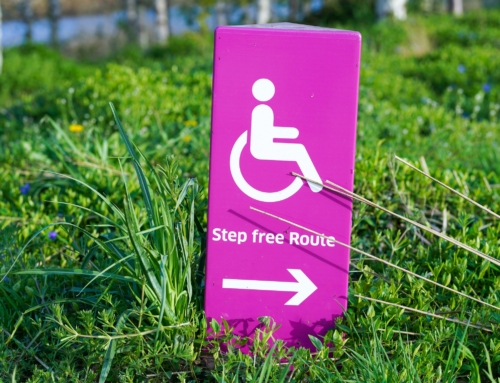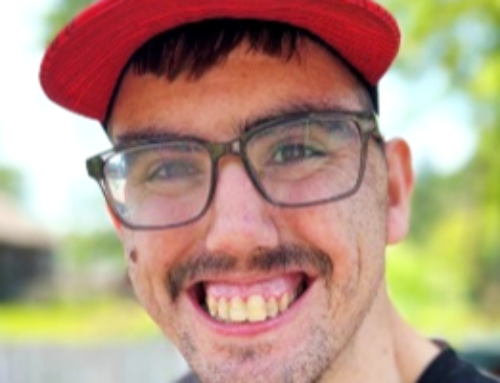
Shelly Christensen, MA, is a leader in the growing faith community disability inclusion movement, an international speaker, and consultant to many faith congregations and organizations. She recently wrote From Longing to Belonging-A Practical Guide to Including People with Disabilities and Mental Health Conditions in Your Faith Community as a resource for faith communities. I had heard good things about this new resource and, as I will be participating on a panel with Shelly as part of the 2019 Faith Inclusion Network conference That All May Worship: The Art of Inclusion, it seemed a good time to read her book.
The first thing that stood out to me when I opened the parcel from Amazon was the book format. It is substantial, but laid out in such a way that I think I’ll be able to find what I’m looking for quickly if I need to. This is good, because relying on my memory is not a recommended course of action!
As I started reading, it quickly became clear that Shelly has put together an excellent resource that achieves the difficult balance between profound theological insights, personal stories, and really practical tools. She comes from the Jewish faith tradition, but as a Christian reading this book I would feel entirely comfortable using it with my church.
The Spirit of Belonging
The book is divided into sections on The Spirit of Belonging and The Structure of Inclusion. While each covers a mix of topics and themes, I generally found the former section more theologically-rich and the later more practically based.

Throughout the book, Shelly is openly honest about sharing her “ups” and “downs,” both as a disability consultant and the mother of a child on the autism spectrum. Her humility is refreshing as she talks about things that have gone well and not-so-well. She shares that in the beginning, she received many calls about her son Jacob. Schools typically didn’t know how to respond to his needs at first. The injustice that he and other students with disabilities faced made her angry. She was not only angry at professionals who should have “known better,” but at God for permitting such injustice and disunity in the world. In a Skype conversation recently, I asked Shelly about this period and the transition out of her anger towards advocacy. Through biblical texts such as “My house shall be called a house of prayer for all peoples” (Isaiah 56:7), she realized that the God she believed in was just as annoyed and frustrated about how people were being treated as she was.
“I thought, here is the way to understand what it means to be human. In God’s eyes, each soul contributes to this world. God doesn’t just bring us to God’s holy mount. God accepts the gifts we contribute, and we all rejoice in the holy connections we make with each other. In God’s eyes, everyone belongs. That is how our communities become houses of prayer for all people.”
From Longing to Belonging, 36
Shelly’s anger turned into advocacy, and now she walks alongside congregations and communities to help them become houses of prayer for all people.
A key thread that runs through this book is the need to listen, to understand what the needs are before jumping in to “fix.” It starts with listening to ourselves: “Becoming a more inclusive congregation starts with your own understanding of what it means to belong” (37). Then, working with people who experience disabilities and their families through questions such as “What is important to you, and how can we work together to make sure that’s part of your participation?” (53).
The Structure of Inclusion
Along with the theological insights, something that stood out to me was the amount of work it must have taken to assemble such a rich collection of checklists and practical tools. From Longing to Belonging reminds me of Erik Carter’s Including People with Disabilities in Faith Communitiesfrom 2007. Both are excellent primers for people and organizations looking to become more inclusive.
Shelly’s book covers a remarkable range of topics, such as inclusive worship experiences, childhood and religious education, life-cycle events, youth groups, camp and recreation, and mental health conditions, to name a few.
From Longing to Belonging has the advantage of being a recent release, as appropriate language and best practices are always changing. “The language we use to describe people with disabilities is not one-size-fits-all,” Shelly writes, and offers a nuanced perspective on “Person First” and “Identity First” language.
If you are looking for a robust resource that captures many of these best practices, helpful checklists and guidelines, along with Shelly’s unique journey and the theological insights that brought her where she is today, I highly recommend this book for your library or for the library of your faith community!
For more information, or to find out where to order, check out Shelly’s site at inclusioninnovations.com
You can also check out a recent interview with her here.


